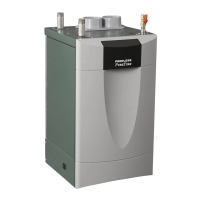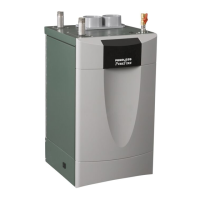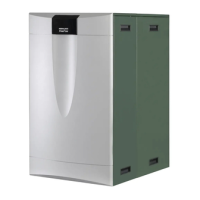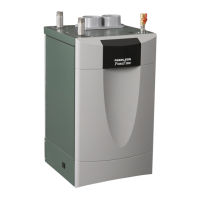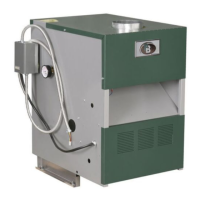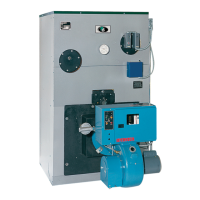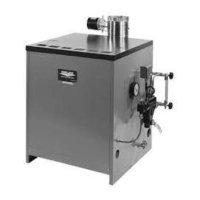Do you have a question about the PEERLESS PureFire REV2 PF-80 and is the answer not in the manual?
| Model | PF-80 |
|---|---|
| Type | Boiler |
| Input BTU/hr | 80, 000 |
| AFUE | 95% |
| Gas Connection Size | 1/2" NPT |
| Ignition | Electronic Ignition |
| Fuel Type | Natural Gas |
| Vent Size | 2 inch |
| Electrical Requirements | 120V, 60Hz |
| Efficiency | 95% AFUE |
